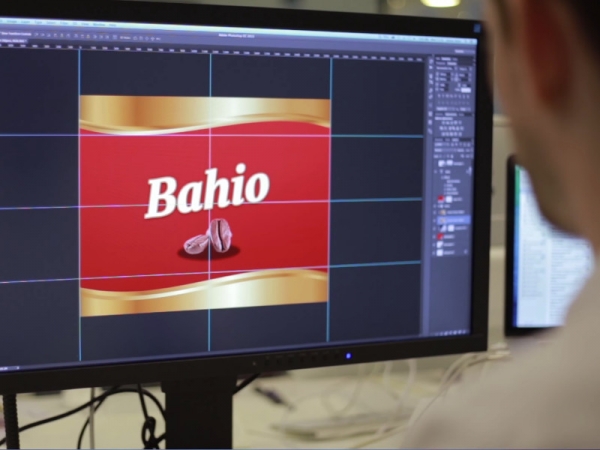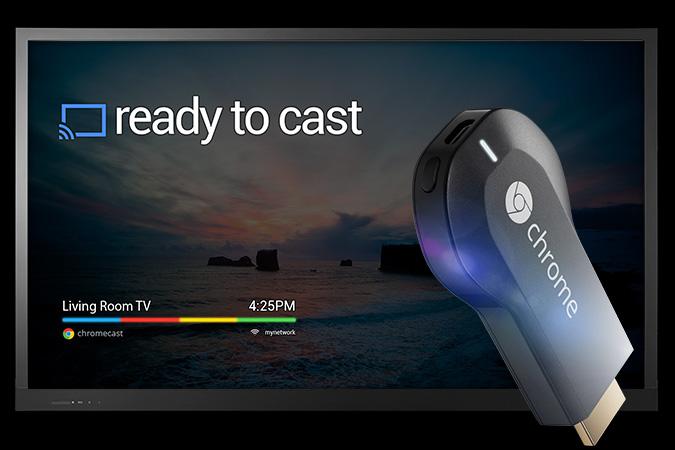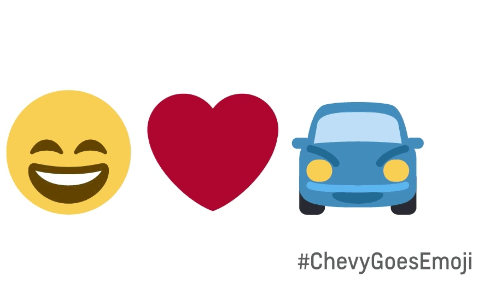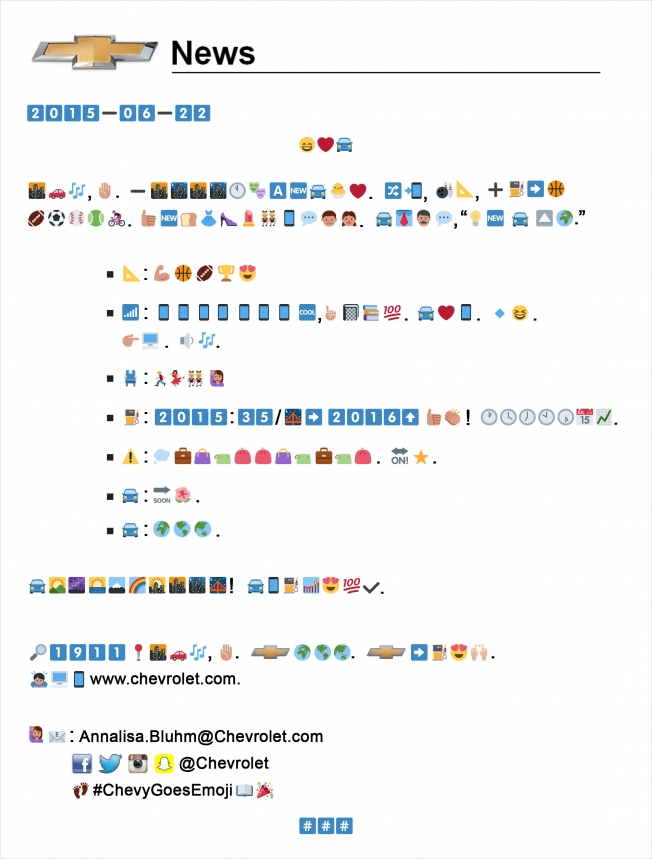M&C Saatchi is experimenting with a new artificially intelligent advertisement for coffee brand Bahio, which uses a “Darwinian” algorithm to test different aspects of the ad like copy, layout, format, and image. The ad, monitored by a camera embedded in the poster, adjusts to the viewer’s reaction. Layouts that fail to engage are rearranged, and ads that viewers respond well to are reused and modified.
Chief Innovation Officer of M&C Saatchi David Cox says that although this software is experimental, “automated creativity” is quickly becoming the norm. The point of the exercise is to test the computer’s strength in determining the strongest creative execution, and to create layouts that may not have been conceptualized by the team.
If interactive ads become fully integrated in digital advertising, they could have huge implications in helping optimize viewer content and interaction.
What Sparks Our Fire: Brands coming up with innovative and tech-savvy ways to advertise to and engage with consumers.









